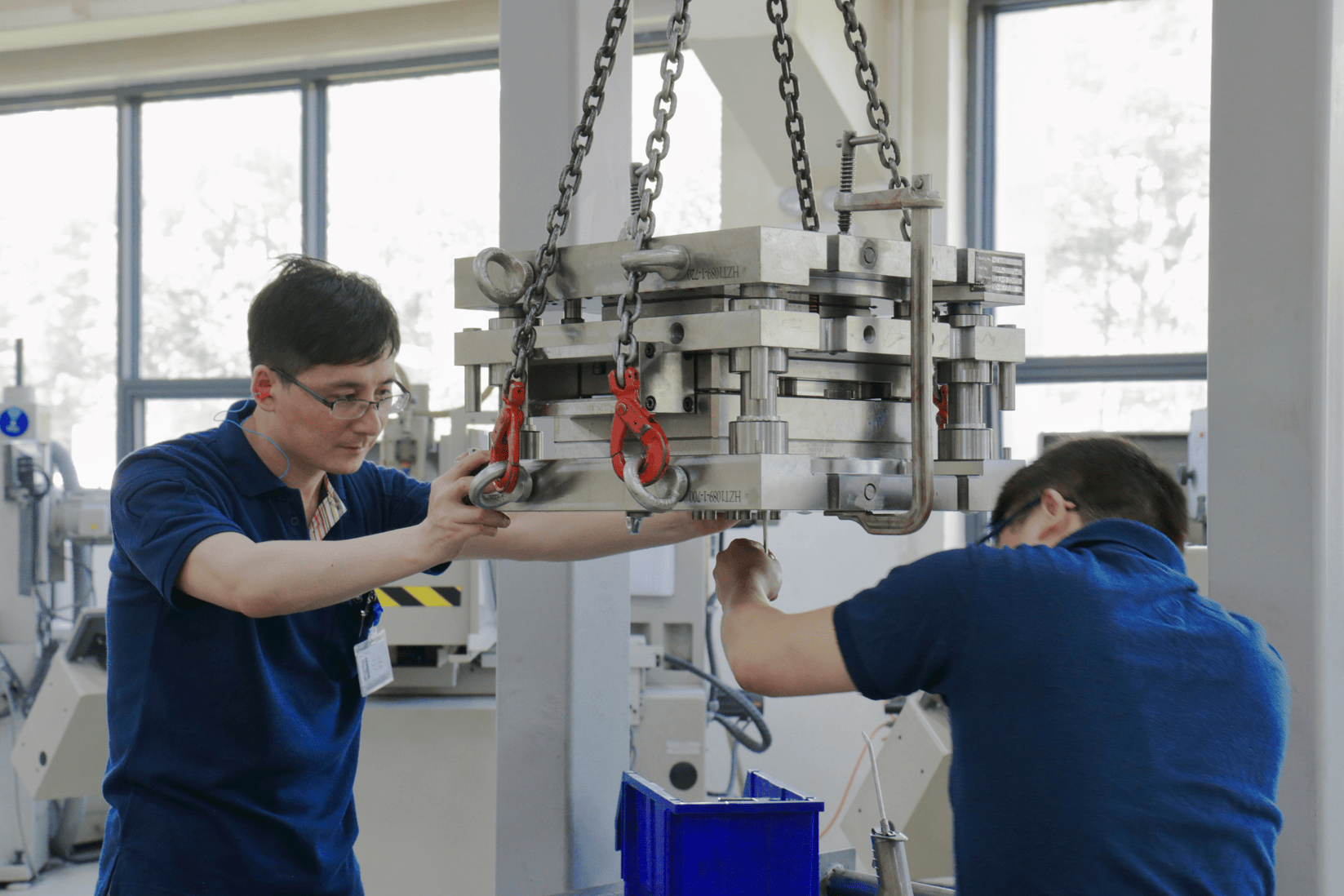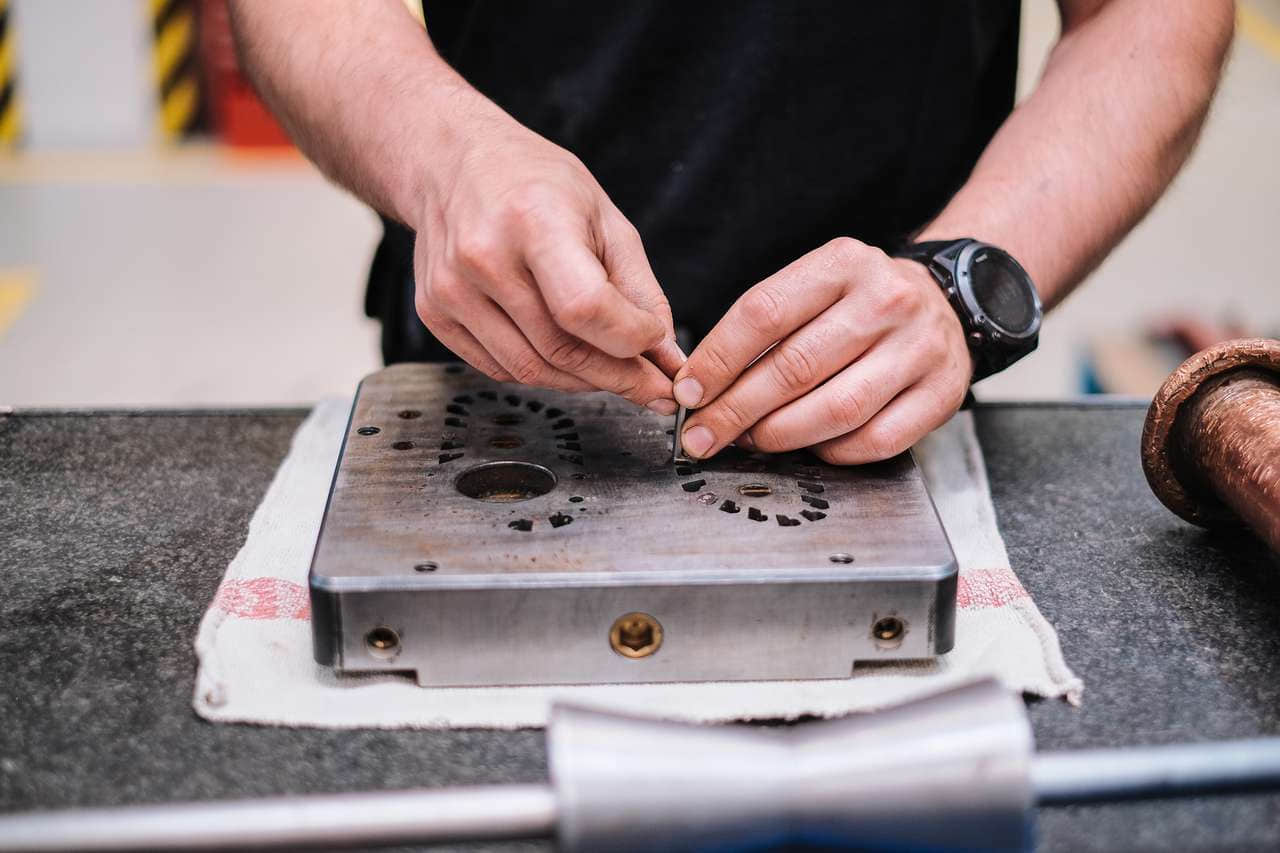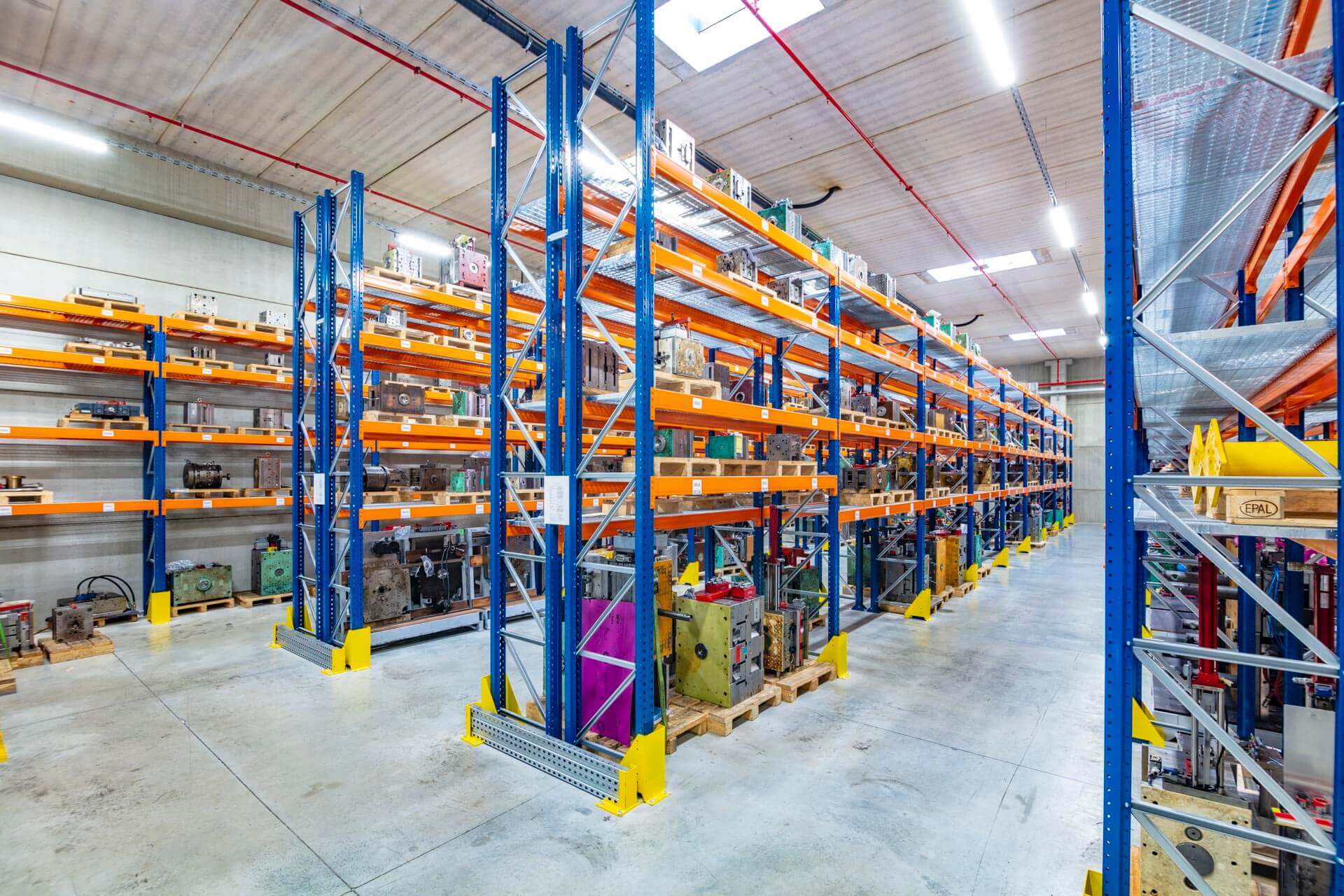



 Quality mold
Quality mold
 Experience
Experience
 Cost-Effectiveness
Cost-Effectiveness











Comprehensive records should be maintained for each mold overhaul, including the date work was performed, technician names, repairs/replacements made, test shot records verifying dimensions are within spec, any design changes made to improve functionality/longevity, and notes on the overall condition of the mold. Documenting this information builds an ongoing history file for each tool, allowing trends in performance to be tracked over time. This data informs maintenance schedules and identifies any mold components that may require more frequent replacement. Keeping organized documentation streamlines future overhaul planning and helps maximiz in performance to be tracked over time. This data informs maintenance schedules and identifies any mold components that may require more frequent replacement. Keeping organized documentation streamlines future overhaul planning ande a mold’s usable lifespan.
When repairing the mold, welding materials consistent with the original mold steel grade should be used. In addition, the size/location of the defect also affects the specific repair welding process. During repair welding, the mold should also be heated to increase the welding strength.
Here are some key measures to prevent injection mold fatigue include:
Optimizing the mold cooling system design: Reasonably arrange the cooling channels to ensure uniform temperature in all areas of the mold and avoid local overheating.
Using high-quality mold materials: Use mold steels with good thermal conductivity and heat resistance, such as P20, NAK80, S136, etc., to improve the mold’s resistance to thermal fatigue. These steels have better thermal stability and anti-fatigue performance.
Reasonable design: Avoid sharp corners and thick variations in mold design to reduce stress concentration.
Controlling injection molding process parameters: Reasonably adjust the injection temperature, pressure, holding pressure time, etc. to reduce the thermal cycling stress on the mold.
Surface treatment: Perform nitriding, chromium plating or other surface hardening treatments on the mold surface, or coat a wear-resistant layer to increase the surface hardness and wear resistance and reduce the risk of thermal fatigue.
Temperature control: Strictly control the mold temperature during the injection process to avoid frequent temperature changes.
Regular maintenance of molds: Clean the mold surface in time, check whether the cooling channels are unobstructed, replace worn parts, find and repair small cracks in time to prevent crack extension and extend the life of the mold.
Operational specifications: Follow correct operating procedures to avoid mold damage caused by excessive force or improper operation.
Computer-controlled machining provides the precision required for refinishing critical surfaces within tight tolerances. Lapping/polishing finishes for minimal part deviations.
Regular inspection and maintenance including cleaning, lubrication, component replacement before failure, and modifying processes causing excessive wear. Documenting issues aids continuous improvement.